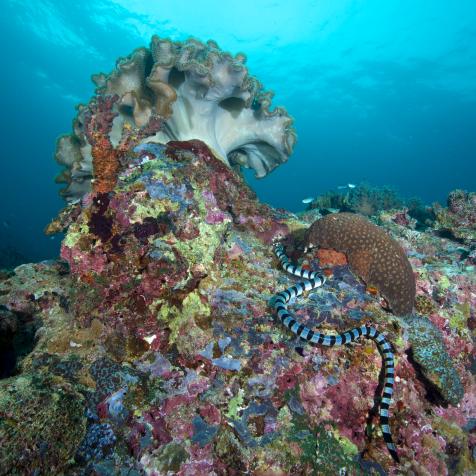
Fairfax Media
Wombats: The Furry Heroes of the Australian Wildfires
Wombats dug craters which tapped into deep-flowing water, providing vital resources to fauna and fellow animals.
In Australia, there’s an unlikely accidental hero coming to the rescue of the masses of wildlife that have been impacted by the wildfires last year.
Take Cover for Safety

Simon McGill
The furry critters also provided another life raft for animals who were fleeing the devastating fires which rocked Australia for months last year. They allowed small mammals to shelter in their burrows in order to survive the infernos. Their warrens, a complicated network of interconnected burrows, were shielded from above ground, where the fires continued to rage. As they are so deep underground, the temperatures are much more stable than the air above ground, and so provide a far safer environment for the animals during intense heat.
Experts estimated that Australia’s wildfires have killed more than 1 billion of the country’s fauna and wildlife, but there is little indication as to how this will impact the ecosystem long-term.
The fires have also scorched upwards of 15 million acres. The country harbors as many as 700,000 species, many of which are endemic. On a New South Wales farm in the Hunter Valley area, they’re being hailed heroes for an entirely different reason: finding water.
The creatures have burrowed down to an underground soak, supplying water to fauna hit by drought. The phenomenon happened on beef farmer Ted Finnie’s land, in an area that’s had almost zero rain for the past three years.
“The wombats have burrowed to get closer to the water and so they’ve gone underground a little bit,” he told ABC news.
Finnie called the hole, which he described as a crater, as something that had been there for a while and animals had used for water, but had dried out due to the drought. And so, the wombats dug until they hit water again. The hole is now around 20 meters (65.6ft) in diameter, and four meters deep.
Although kangaroos and wallabies were already frequenting the well, now there are new visitors. A camera set up showed a variety of animals, from birds to possums and emus, drinking from the crater.
What the Wombat?!

Yvonne Van der Horst
Wombats are native marsupials to Australia, growing up to 1.3 meters in length and weighing up to 36kg. Wombats, of which there are three species, have been known to live to up to 27 years in captivity. They are naturally built for digging, with short legs, compact heads and strong claws. Their tunnels are lengthy and complex, reaching up to 200 meters long, and wombats can have several separate burrows they live in throughout the year.
Usually, the common wombat species doesn’t tolerate company too well, spending most of its time alone. And so the fact that they were sheltering other animals is even more surprising.
Although they haven’t quite been shepherding animals into their homes, as some media reports suggested, they haven’t been booting them out either. Documentary filmmaker Peter Hylands was filming the devastation caused by the fires when he noticed some animals who were completely unscathed. With the undergrowth completely burnt by the fires, the network of wombat burrows could be seen in their entirety, and Hylands presumed the animals had been using the burrows as shelter – something backed up by Wombat Awareness Organization.
“There are birds that live in their burrows, echidnas and we also see sheep and kangaroos take shelter within the entrance,” Brigitte Stevens of the WAO told Yahoo News.
And so even though the animals may not intentionally be heroic, they’re lifesavers for other Australian critters nonetheless.


















